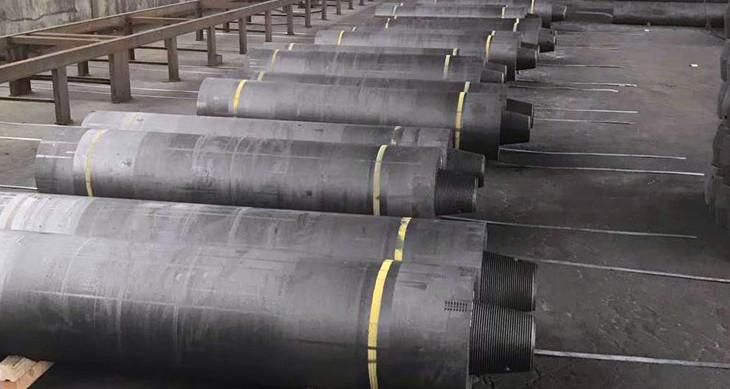The European Commission believes that the increase in China’s exports to Europe has damaged relevant industries in Europe. In 2020, Europe’s demand for carbon decreased due to the decline of steel production capacity and the epidemic, but the number of goods imported from China increased by 12% year-on-year, and the market share reached 33.8%, an increase of 11.3 percentage points; The market share of European trade union enterprises decreased from 61.1% in 2017 to 55.2% in 2020.
The case investigation involved multiple reference standards such as product overlap, source and cost of petroleum coke, transportation expenses, electricity and calculation method. Chinese subjects such as China Chamber of Commerce for mechanical and electrical industry, Fangda group and Liaoning dantan raised doubts and believed that the standards adopted by the European Commission were distorted.
The case investigation involves multiple reference dimensions such as product overlap. Chinese subjects such as China Chamber of Commerce for mechanical and electrical industry, Fangda group and Liaoning dantan all questioned that the standards adopted by the European Commission were distorted.
However, most of the appeals were rejected by the European Commission on the grounds that Chinese enterprises did not put forward better or undistorted benchmarks or standards.
China is a big exporter of graphite electrodes. Everbright Securities pointed out that in recent years, overseas anti-dumping investigations on the export of China’s graphite electrodes have been continuous, which is due to the low price and gradual rise in the quality of domestic graphite electrodes, and the export volume has increased year by year.
Since 1998, India, Brazil, Mexico and the United States have successively conducted anti-dumping investigations and imposed anti-dumping duties on Chinese graphite electrodes.
Everbright Securities report shows that China’s main export areas of graphite electrodes include Russia, Malaysia, Turkey, Italy and so on.
From 2017 to 2018, overseas graphite electrode production capacity gradually withdrew. Companies such as graftech in the United States and Sigri SGL in Germany continued to reduce production capacity, and closed three foreign factories respectively, reducing production capacity by about 200000 tons. The overseas supply and demand gap intensified, driving the recovery of China’s graphite electrode export demand.
Everbright Securities predicts that China’s graphite electrode export volume is expected to reach 498500 tons in 2025, an increase of 17% over 2021.
According to the data of Baichuan Yingfu, the domestic graphite electrode production capacity in 2021 was 1.759 million tons. The export volume was 426200 tons, with a significant year-on-year increase of 27%, the highest level in the same period in recent five years.
The downstream demand of graphite electrode is mainly concentrated in four industries: electric arc furnace steelmaking, submerged arc furnace smelting yellow phosphorus, abrasive and industrial silicon, among which the demand for electric arc furnace steelmaking is the largest.
According to the statistics of Baichuan data, the demand for graphite electrodes in the iron and steel industry will account for about half of the total demand in 2020. If only domestic demand is considered, the graphite electrode consumed in electric arc furnace steelmaking accounts for about 80% of the total consumption.
Everbright Securities pointed out that graphite electrode belongs to the industry of high energy consumption and high carbon emission. With the transformation of policies from controlling energy consumption to controlling carbon emission, the supply and demand pattern of graphite electrode will be significantly improved. Compared with long process steel plants, short process EAF steel has obvious carbon control advantages, and the demand of graphite electrode industry is expected to increase rapidly.
Post time: Apr-12-2022

